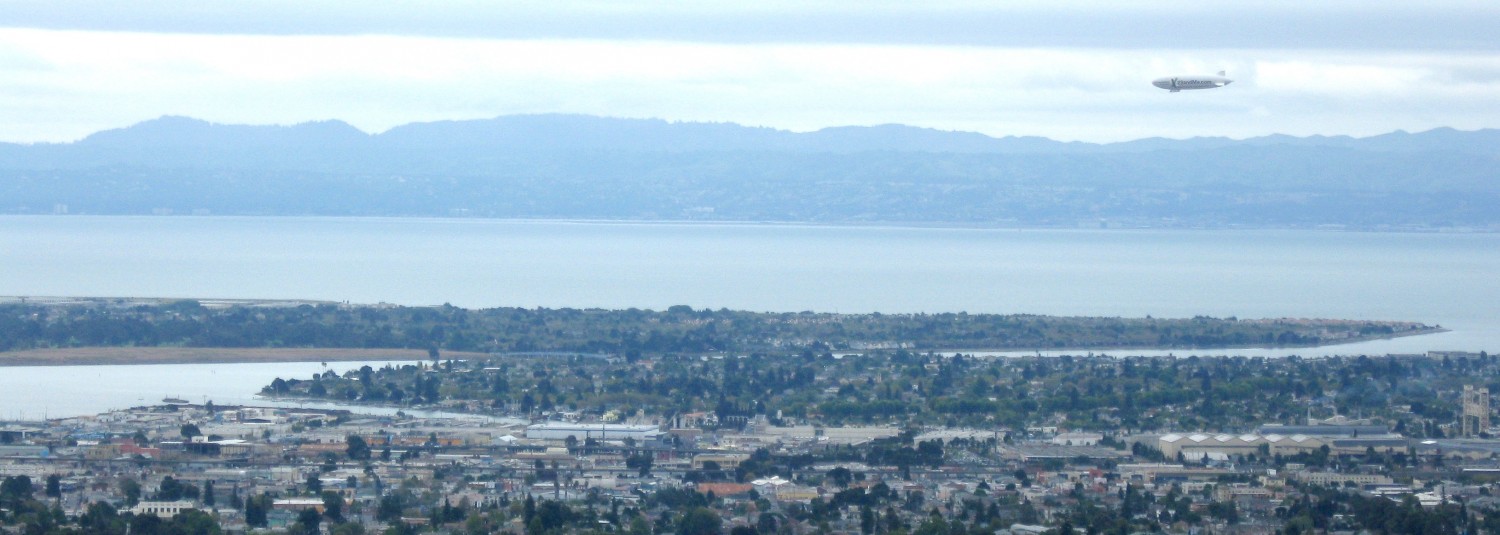No matter how hard you try, you just can’t make a metric year.
We are physically stuck with the fact that the earth goes around the sun once for approximately 365.25 revolutions on its axis. On top of that, our Roman and religious predecessors, noting the subdivision of the year by lunar cycles created months and weeks that not only don’t quite work out, but have the extra burden that the month named after ME has to have more days than the month named after YOU!
So, we have calendars which are not repetitive, and the calendars of other cultures seem to have been run over by ours. Months do not start on the same day of the week from year to year (leaving out the leap year problem/correction) and various power centers would not allow days to exist which were not ‘days of the week.
But, for fun, maybe you would like to plan a repeating event. You easily can specify (in the current calendar system) the ‘First Monday’ or ‘Second Saturday’ or even ‘Third Thursday’. But what about the ‘Fifth Friday’? That is more fun. How does that work out?
Ignoring the pathetic February, eleven months have 30 days and five have 31 days. So, each month (except February) must have two days of the week that have five instances, and five months have three such days. These do not line up well, but it appears that in a given year one day of the week will occur five times in three of the months, two days of the week will occur five times in five of the months and four days of the week will occur five times in four of the months.
In 2024, Fifth Fridays occurred four times; in March, May, August, and November, so plan ahead, avoid end-of-year rush.
